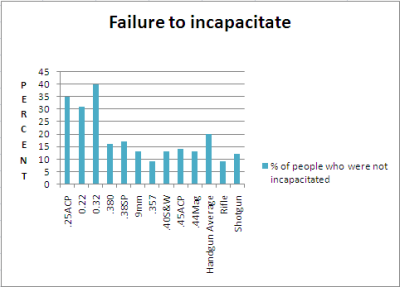Brian Pfleuger
Moderator Emeritus
guv said:damage caused by bullet rpm?
Bullets do a whole lot of RPM (minute) but they do all their damage in a tiny fraction of an S (second)
A bullet that penetrates, say, 18" into a target will only rotate the same amount that it rotated in 18" of barrel.... maybe twice.
It also has (essentially) zero rotational momentum, which means it stops spinning very easily and quickly with any resistance.

